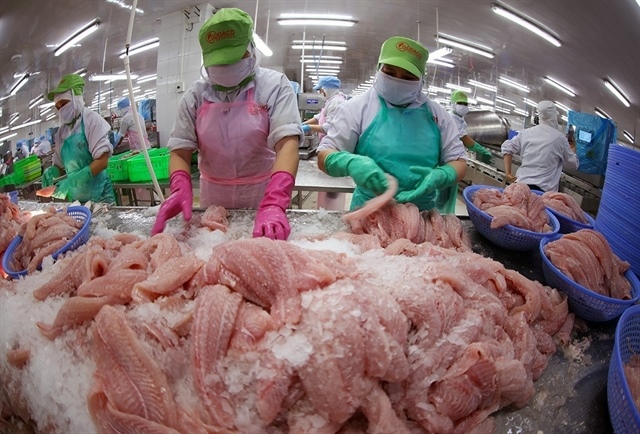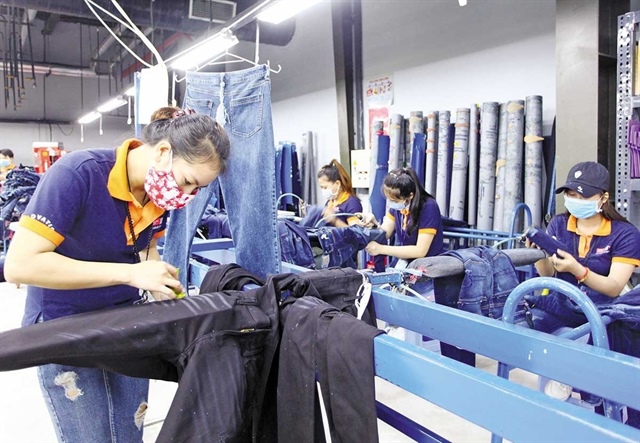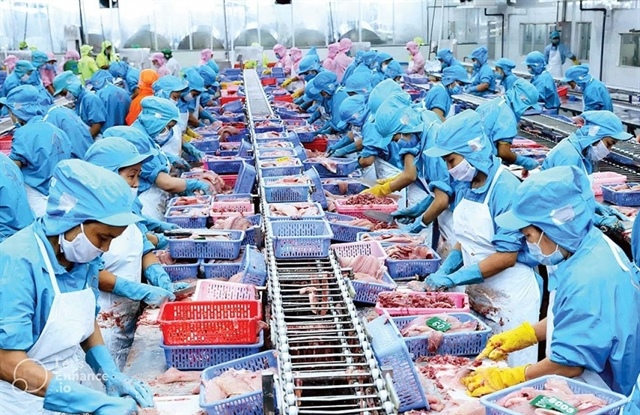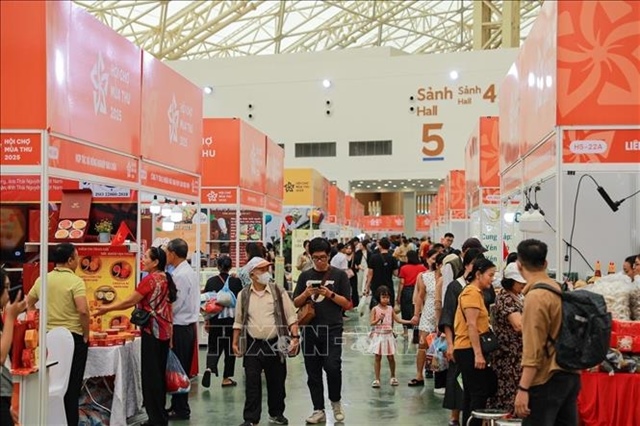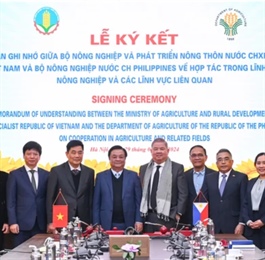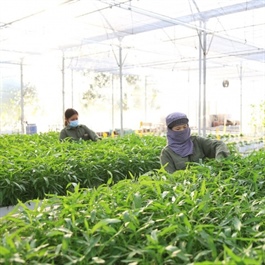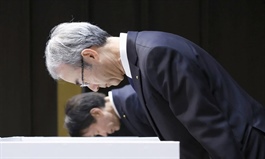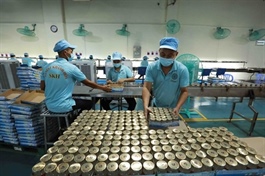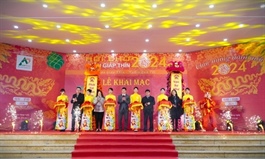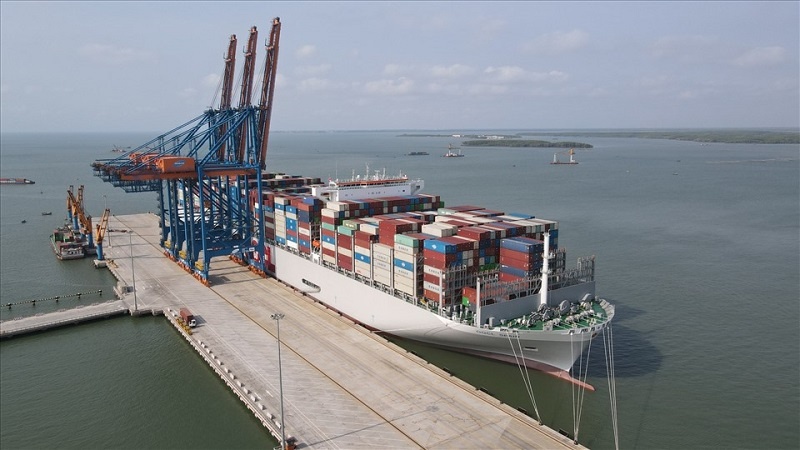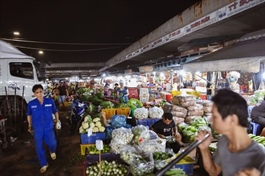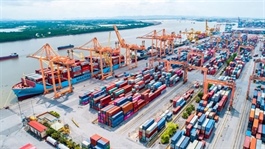IP developers hungry for financial bankroll
IP developers hungry for financial bankroll
Limited financial resources for industrial park technical infrastructure is preventing new investments and project expansions.
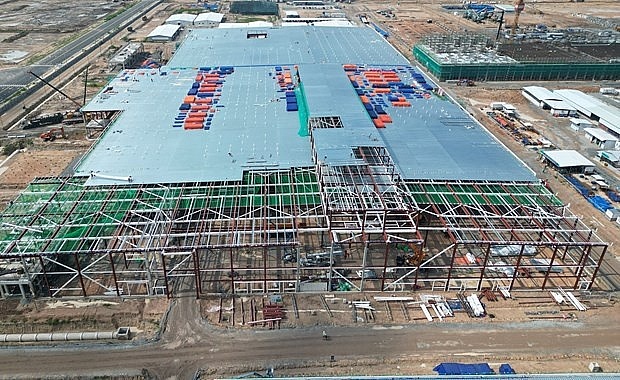
The interim executive committee of the Vietnam Industrial Park Finance Association (FAIP) was recently launched in Hanoi.
One of the key missions of the FAIP, which is a member of the Vietnam Financial Consulting Association (VFCA), is to become a trusted focal point for investors and partners, connecting supply and demand in terms of finance for organisations and individuals operating in industrial parks (IPs).
In addition, it will represent the IP developer community to advise state management agencies in building relevant policies, while advising the VFCA in consulting and social appraisal activities.
According to the VFCA, the new entity is necessary in the context that demand for capital from industrial real estate developers is large.
According to Vietnam’s land use planning strategy, by 2030 the land area for IP development will reach almost 211,000 hectares. Thus, from now to 2030 there will be about 120,000ha of IPs, of which the area of industrial land for rent is about 80,000-85,000ha.
According to a survey by the Institute for International Investment Studies, the current average estimated investment cost to develop one hectare of IP land is about $600,000. The need for capital to develop infrastructure in IPs before 2030 and carry out construction is about $72 billion.
If the average investment rate of $6.5 million per ha of industrial land is taken into account, the need to attract investment capital to fill the remaining area of Vietnam’s planned IPs is about $600-650 billion.
In a report summarising 30 years of industrial and economic zone development by the Ministry of Planning and Investment, the government agrees that by 2030, up to half of localities will have plans to convert existing parks to eco-IPs, and 8-10 per cent of localities will plan to build new eco-IPs.
Large real estate corporations are seeking foreign rather than domestic capital because the latter market remains cool.
The capital demand is large and capital resources for green economic development in general and eco-IPs in particular are still very limited, according to Le Minh Nghia, chairman of the VFCA. The current financial policy system applied to Vietnam’s IPs only focuses on tax policy, land policy, investment incentive policy and other local support policies. Meanwhile, the role of credit policy is still relatively obscure.
“There are almost no preferential credit policies prescribed to promote capital access for IPs in general and eco-IPs. Without timely investment, it is very difficult for the eco-IP model to develop in reality, and this may cause Vietnam to miss the wave of green funding that is increasingly becoming a central trend of international investors,” said Nghia.
As of the start of 2023, the total outstanding green credit debt in Vietnam reached $20.37 billion, accounting for about 4.3 per cent of the total outstanding bank credit debt for the economy, according to VFCA statistics.
“State budget capital to support IP infrastructure development is still low compared to demand. In the medium-term public investment plan 2016-2020, the capital allocated to support IP infrastructure development only met half of the demand,” said Can Van Luc, chief economist of BIDV.
“It takes a long time to invest the IPs and recoup the capital, thus the industrial real estate developers depend heavily on credit capital and corporate bonds, so their need for medium and long-term loans is huge, which serve to clear land, rent land, build infrastructure,” Luc added.


